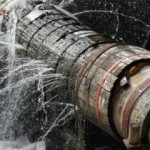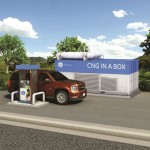
Heavy rains caused slips, which broke gas pipelines in Marshall County, West Virginia. The Intelligencer out of Wheeling, WV carried a couple of stories about it, the most recent of which you can find here.
Anybody who’s read much of this blog knows I am pro-development. But I also think that if you’re considering signing a lease or a right of way agreement, you need to know what you’re getting into. The fact is, there are dangers and downsides. The more you know, the more you can mitigate, and the better you’ll negotiate. When you’re talking with a landman and you can say, “I’m concerned about the dangers to my property and my family because I know that heavy rains caused two broken pipelines back in April of 2015 and there were five pipeline accidents in January of 2015, and don’t forget about the Sissonville explosion,” you’re more likely to get a favorable response than if you say, “I think pipelines are dangerous and scary.”

